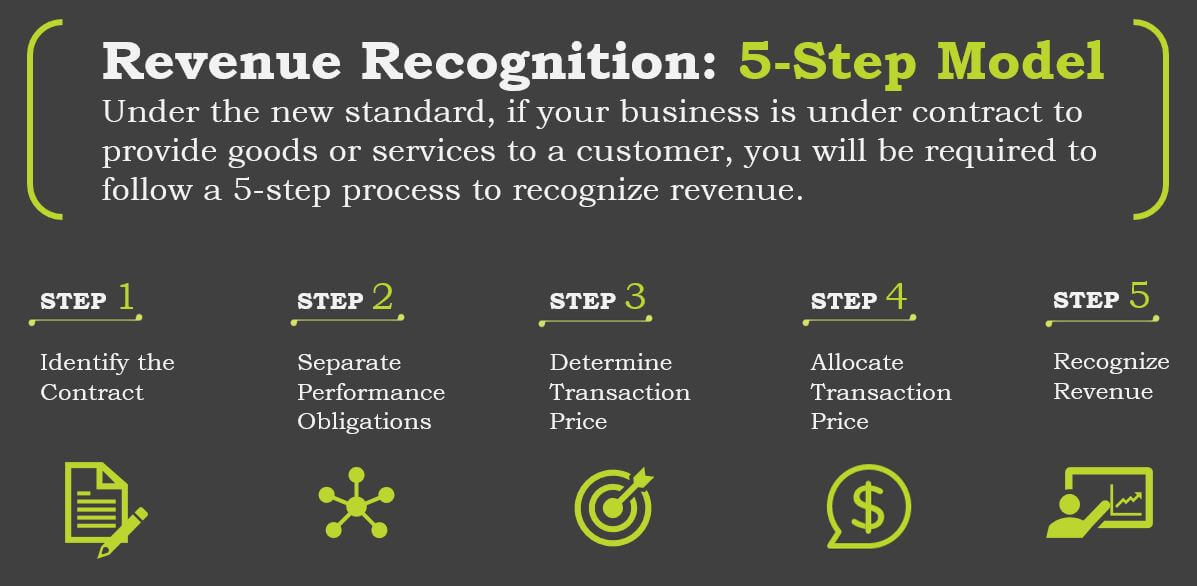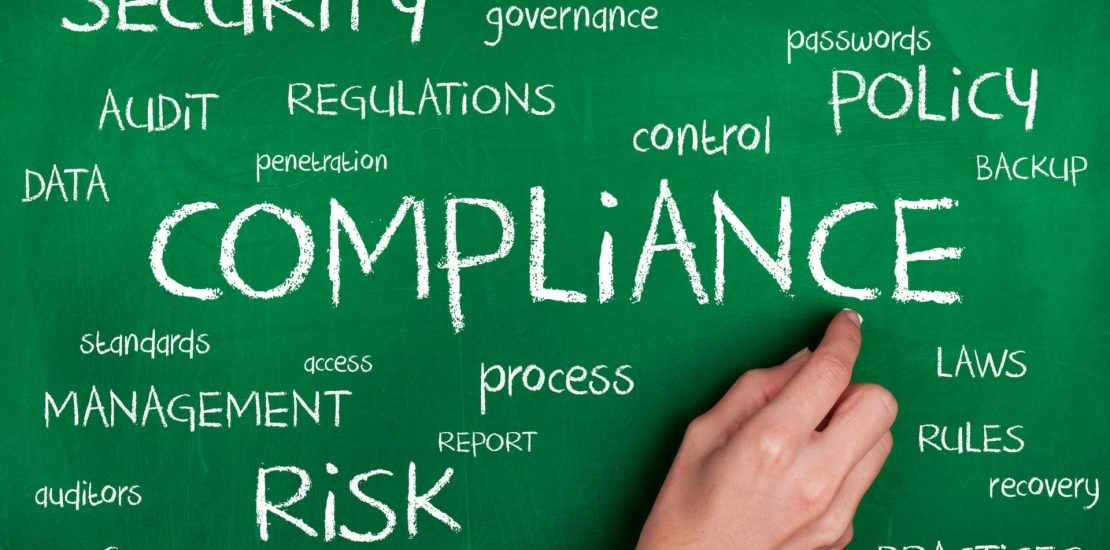How SaaS Companies Can Master Revenue Recognition and Compliance with Sage Intacct
For private companies, the compliance deadline for ASC 606 revenue recognition criteria is mere weeks away—starting fiscal year 2019 (or after December 15, 2018). Subscription-based business such as SaaS companies may be feeling some trepidation as the time nears. And no wonder. ASC 606 has been called “a perfect accounting storm, the likes of which has not been seen since the late 1990s.”

(image from Idaciti.com)
Revenue management—especially with ASC 606—creates unacceptable levels of complexity and variability that often overmatch the resources and expertise of many finance teams. Faced with these hurdles, companies are looking to automate revenue management processes to gain efficiency, strengthen compliance, and improve visibility. To accomplish this, successful businesses rely on cloud-based financial management software such as Sage Intacct that allows them to:
1. Connect systems. Streamlining the quote-to-cash process by integrating front- and back-office systems eliminates duplicate data entry between finance and the rest of the business, which saves time and reduces errors. Sage Intacct connects to critical business systems within the organization, such as CRM, services management, and subscription management to create a complete ecosystem for revenue management.
In this model, all stakeholders in the company have access to the latest customer data when they need it, in the applications that they use most. This is possible because Sage Intacct is built with open application programming interfaces (APIs) as a central part of its architecture, making it a simple and straightforward task to create integrations among disparate software products.
2. Automate processes. Each company’s revenue recognition process varies according to its unique business model, products, and markets. To automate this complex process, revenue managers need the ability to codify the applicable rules through flexible templates and schedules that reflect the nuances of their business. The process must drive the automated calculation of both recognized and deferred revenue schedules and forecasts based on contract terms, subscription length, project milestone, and more—and integrate with the general ledger.
Automating the revenue recognition process can dramatically cut staff workload, reduce spreadsheet errors, improve accuracy, and eliminate cumbersome calculations and reviews that delay closings. Perhaps, most importantly, automation helps provide a single point of audit and reconciliation.
3. Analyze the business. Sage Intacct delivers a solid picture of both current and deferred revenue by showing a real-time snapshot of future revenues, projected renewals, and total deferred revenue stretching months or years into the future. What’s more, it allows finance to analyze the impact that changes to products and pricing can have on revenue, improving forecast accuracy.
Sage Intacct lets finance teams dig deeper to understand the true dynamics of their business, with visibility into both financial and operating data, and flexibility to view the business through multiple lenses—for example, understanding data and metrics by customer, vendor, employee, product, or project—to make better long-term, strategic decisions.
As your business grows and becomes more complex, Sage Intacct can meet your needs as you add products and services, increase revenue, acquire or partner, expand internationally, or even go public. Sage Intacct’s flexible architecture was built for the cloud and is infinitely scalable and adaptable to meet your needs. And as December 15th draws near, Sage Intacct allows your finance team to connect systems, automate processes, and analyze the business to achieve superior revenue management.
(blog image found on Avanade.com)
Get started on your journey to revenue recognition mastery today—contact the experts at Massey Consulting.
